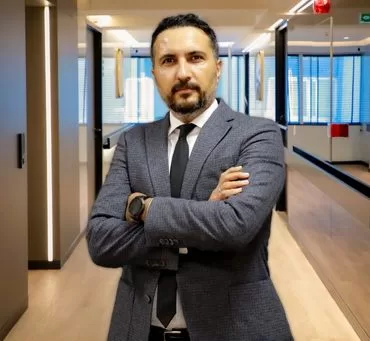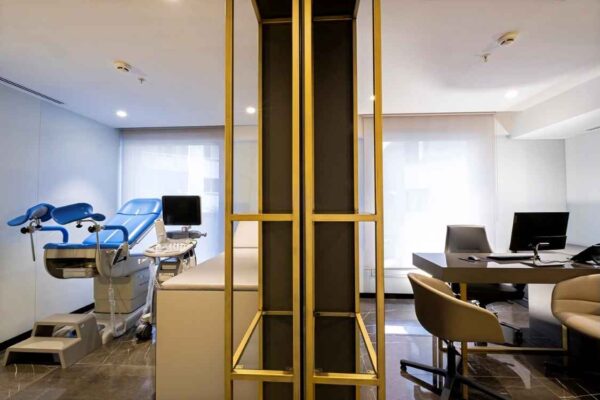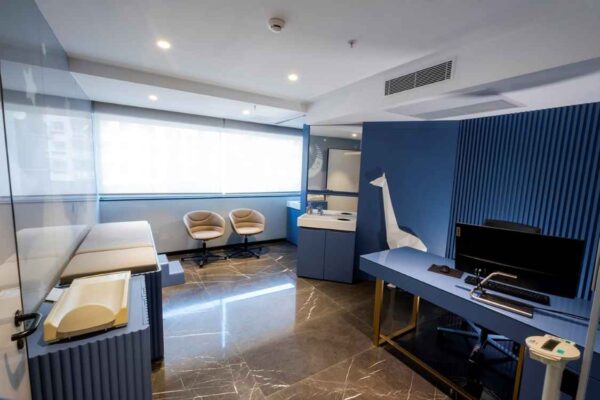Canthoplasty is a highly specialized cosmetic surgery that focuses on enhancing the appearance of the eyes by addressing issues related to the lateral canthal tendon. This crucial tendon supports the outer corners of the eyes and plays a significant role in maintaining eye symmetry and contour. As individuals age or experience certain conditions, the outer eyelids may start to droop or sag, resulting in an undesirable aesthetic.
Canthoplasty comes to the rescue by tightening and repositioning the lateral canthal tendon, creating a more lifted and refreshed eye appearance. By achieving improved eye shape and lift, canthoplasty offers patients a rejuvenated and youthful look, contributing to overall facial attractiveness.
How is Canthoplasty Performed?
Canthoplasty is a meticulous and skillful surgical procedure that follows a step-by-step process to achieve optimal results. Here’s a breakdown of how canthoplasty is typically performed:
- Pre-operative Consultation: The journey to canthoplasty begins with an initial consultation with a board-certified plastic surgeon. During this comprehensive evaluation, the surgeon thoroughly reviews the patient’s medical history, assesses the eye area, and engages in an open discussion about the patient’s goals and expectations for the procedure.
- Incision Placement: With the patient comfortably under local or general anesthesia, the surgeon carefully plans and makes small incisions at the outer corners of the eyes. These well-considered incisions are strategically placed to ensure minimal scarring while providing optimal access to the lateral canthal tendon.
- Canthal Tendon Tightening: The key step in canthoplasty involves the skilled surgeon tightening and repositioning the lateral canthal tendon. This surgical adjustment creates the desired eye shape and lift, effectively addressing the concerns and preferences discussed during the consultation. In some cases, a small amount of excess skin and tissue may be removed to achieve improved eye contour and symmetry.
- Incision Closure: After achieving the necessary modifications, the surgeon meticulously closes the incisions with fine sutures, aiming for minimal scarring and ensuring proper healing.
- Recovery: Following the procedure, patients are closely monitored in a dedicated recovery area before being allowed to return home. The surgeon provides comprehensive post-operative care instructions to guide patients through the healing process. These instructions may include proper eye care, cold compress application to minimize swelling, pain management strategies, and the importance of attending follow-up appointments.
What Should Be Considered After Canthoplasty?
After undergoing canthoplasty, patients should adhere to the post-operative care instructions provided by their surgeon to facilitate a smooth recovery and achieve optimal results. Here are some essential considerations for patients during the recovery period:
- Eye Care: Proper eye care is crucial after canthoplasty. Patients should avoid rubbing or touching the eyes and refrain from wearing eye makeup or contact lenses during the initial healing phase.
- Cold Compresses: Applying cold compresses gently to the eyes can help reduce swelling and bruising in the treated area.
- Pain Management: Mild discomfort and swelling are common after canthoplasty. The surgeon may prescribe pain medication to manage post-operative discomfort during the initial recovery period.
- Sun Protection: It is essential to protect the eyes from direct sunlight and UV rays. Wearing sunglasses and using sunscreen around the eye area can aid in the healing process and minimize potential complications.
- Follow-up Appointments: Regular follow-up appointments with the surgeon are crucial to monitor the healing progress and address any concerns or questions that may arise during the recovery period.
FAQs
The payment plan options for canthoplasty surgery in Turkey may vary depending on the clinic or surgeon. Many reputable clinics offer various payment methods, including credit card payments, bank transfers, and cash payments. Patients are advised to inquire about the available payment methods and any financing options during their initial consultation.
Canthoplasty surgery is generally considered an elective cosmetic procedure and is not typically covered by health insurance. Insurance policies typically cover medically necessary treatments but exclude procedures performed solely for aesthetic purposes.
Canthoplasty, along with other cosmetic surgeries, may be more affordable in Turkey compared to some other countries due to several factors. Turkey has a lower cost of living and lower operating expenses for medical facilities, contributing to reduced overall expenses for patients. Additionally, the competitive nature of the cosmetic surgery market in Turkey may lead to more competitive pricing.
Some clinics or medical tourism agencies in Turkey may offer financing options to assist patients in covering the cost of canthoplasty surgery. This could be in the form of payment plans, medical loans, or financing arrangements. Prospective patients should inquire with their chosen clinic about available financing options and the associated terms and conditions.
There is generally no specific age limit for canthoplasty surgery in Turkey. However, candidates for the procedure should be in good overall health and have realistic expectations about the outcome. The suitability for surgery is determined on a case-by-case basis after a thorough evaluation by the surgeon.
As with any surgical procedure, canthoplasty carries potential risks and complications. However, when performed by a qualified and experienced surgeon, complications are relatively rare. The chance of surgery going wrong is minimized when patients carefully follow pre- and post-operative instructions and select a reputable and qualified surgeon.
While canthoplasty is generally safe, some potential risks include infection, scarring, bleeding, and poor wound healing. However, serious problems are uncommon when the procedure is performed by a skilled surgeon in a sterile and controlled environment. Patients can reduce the risk of complications by choosing a board-certified plastic surgeon with a proven track record of successful canthoplasty procedures.
Our Team
Our Hospital
Atilla, Halide Edip Adıvar St.
No:57, 35270 Konak/İzmir































